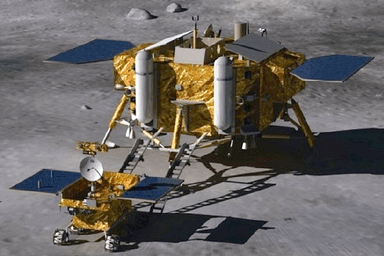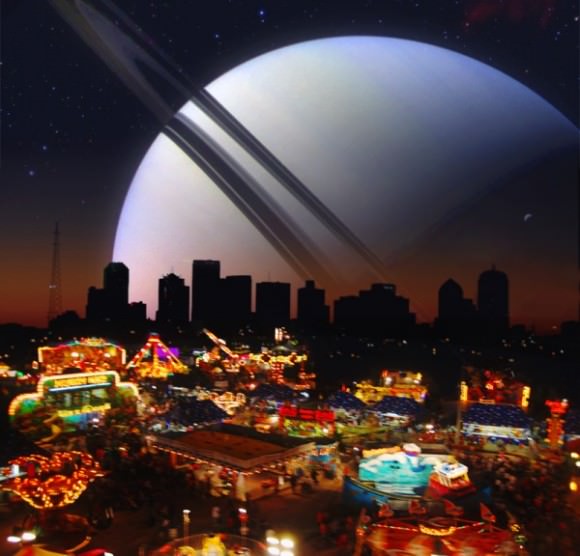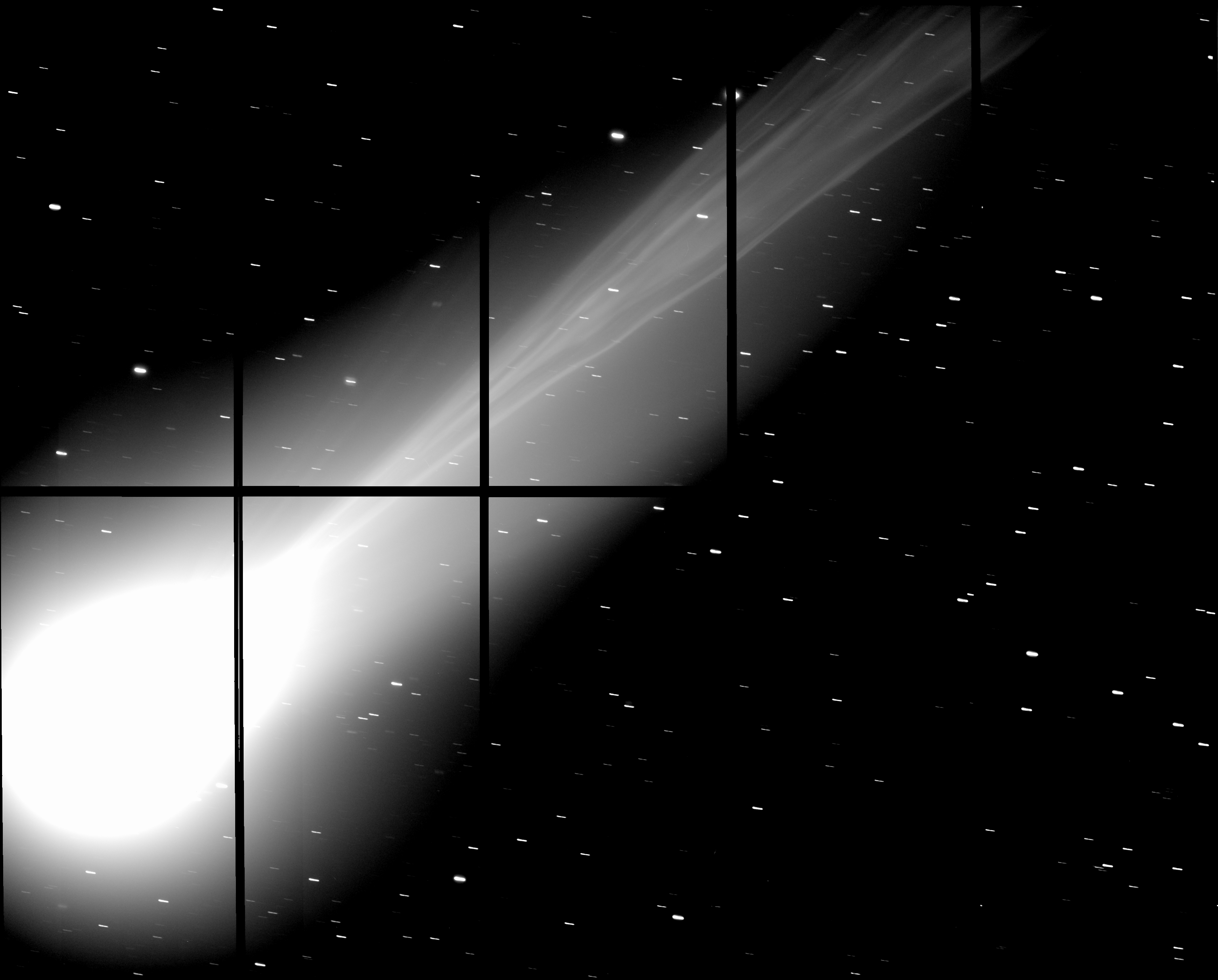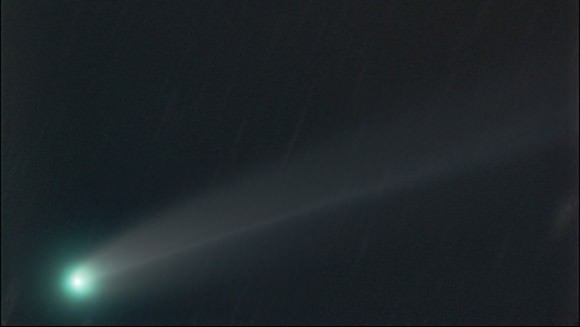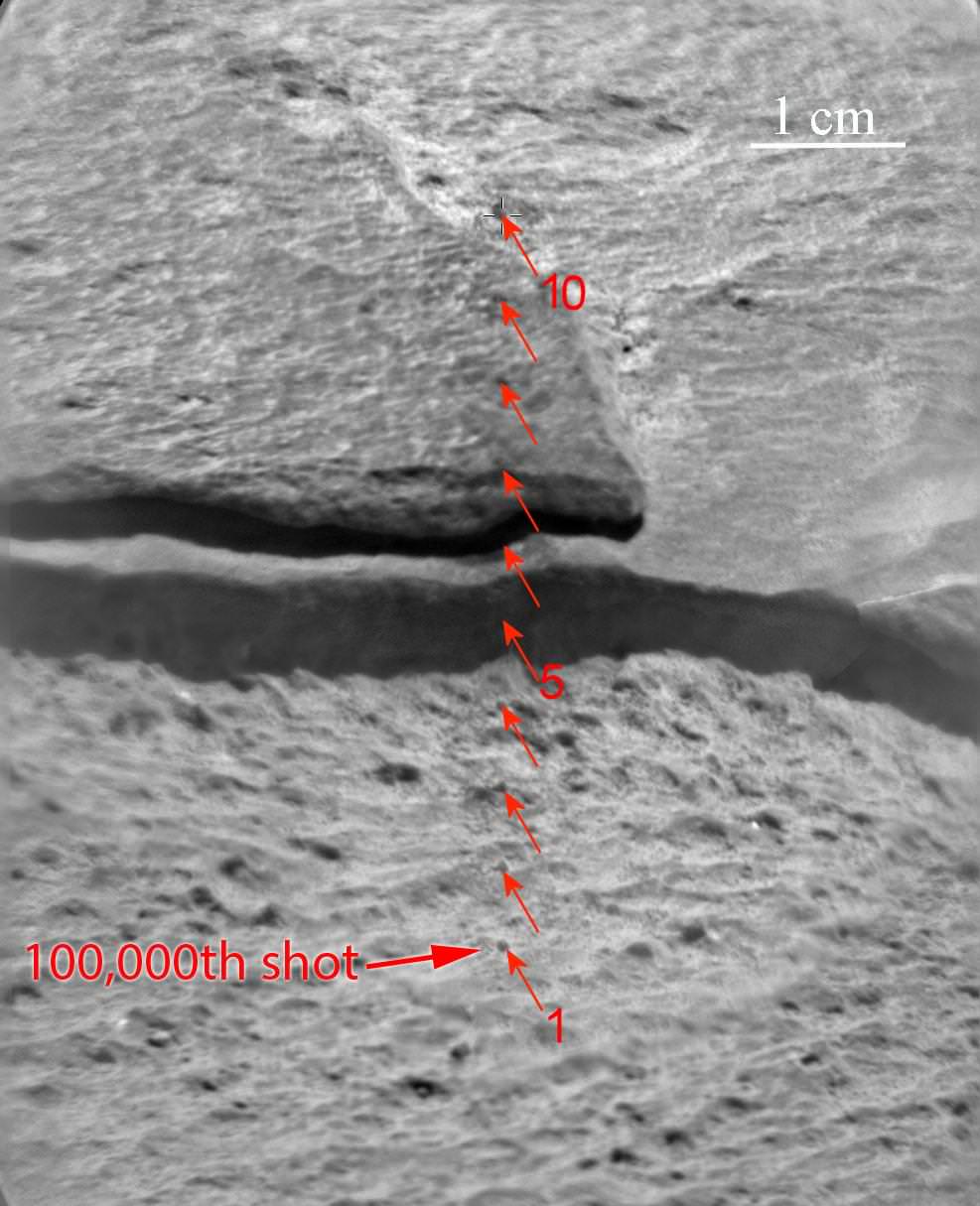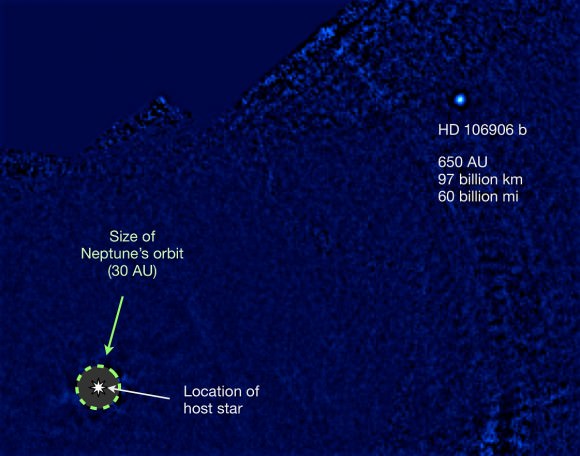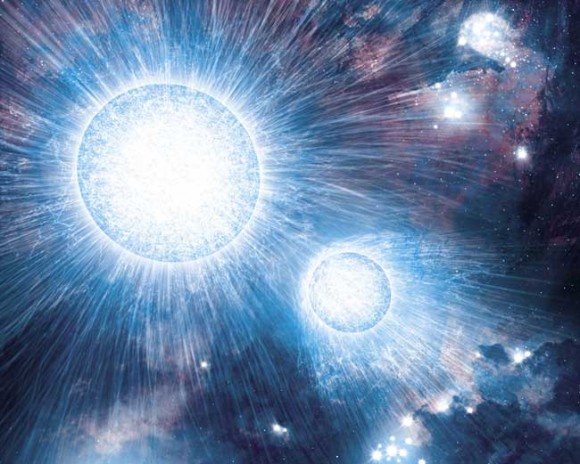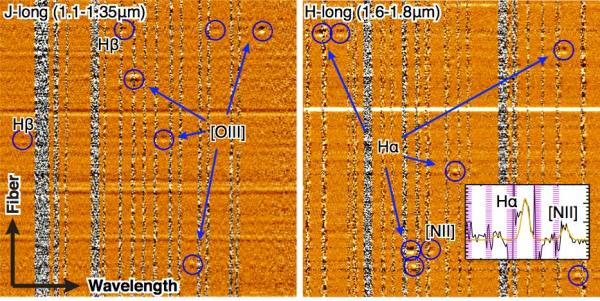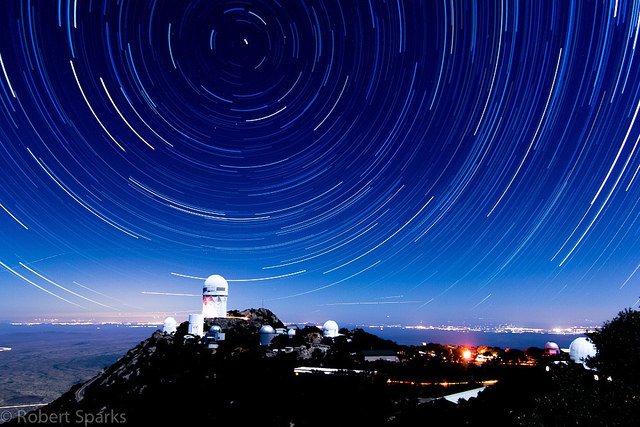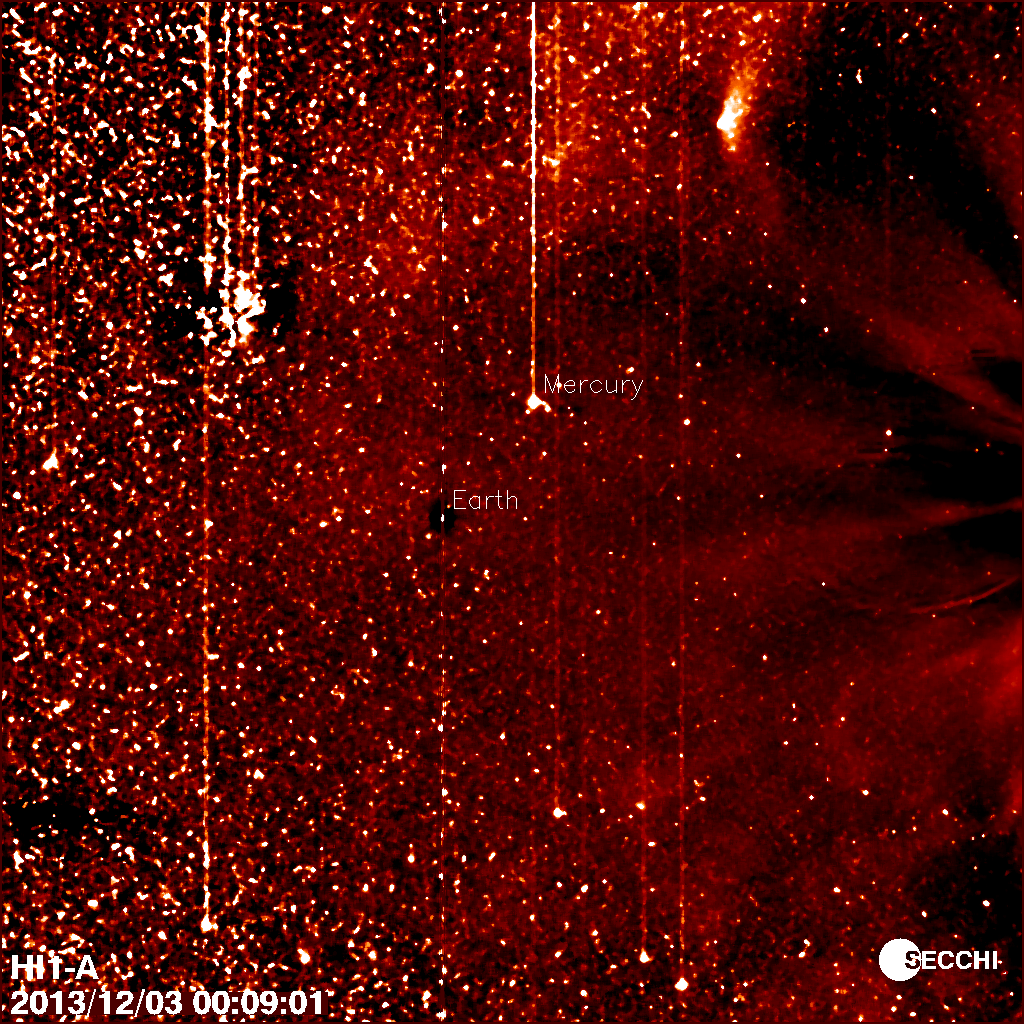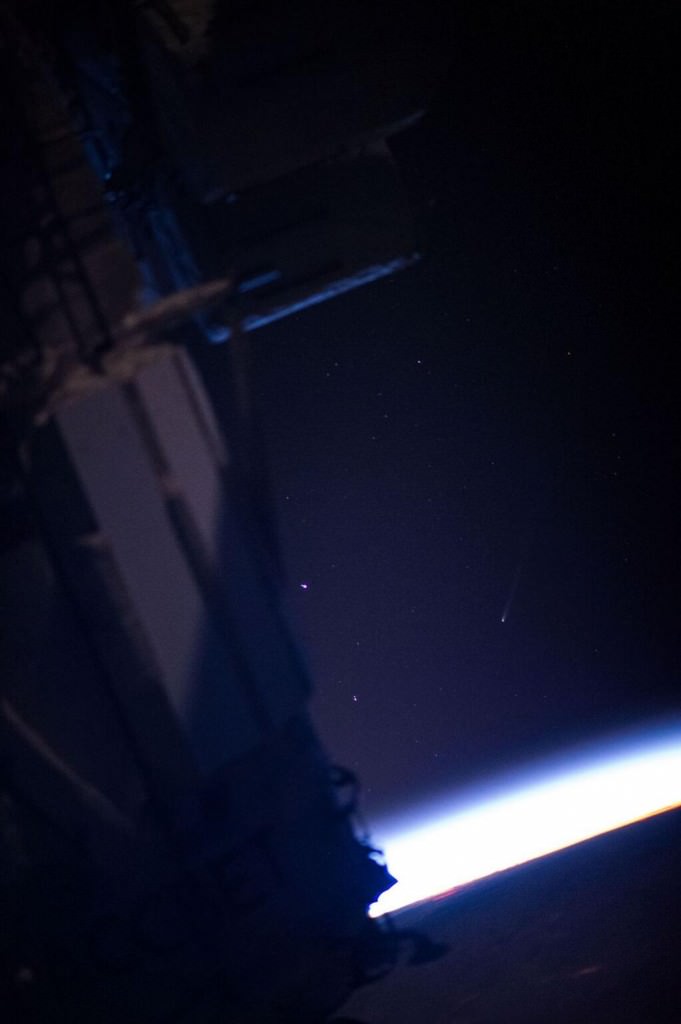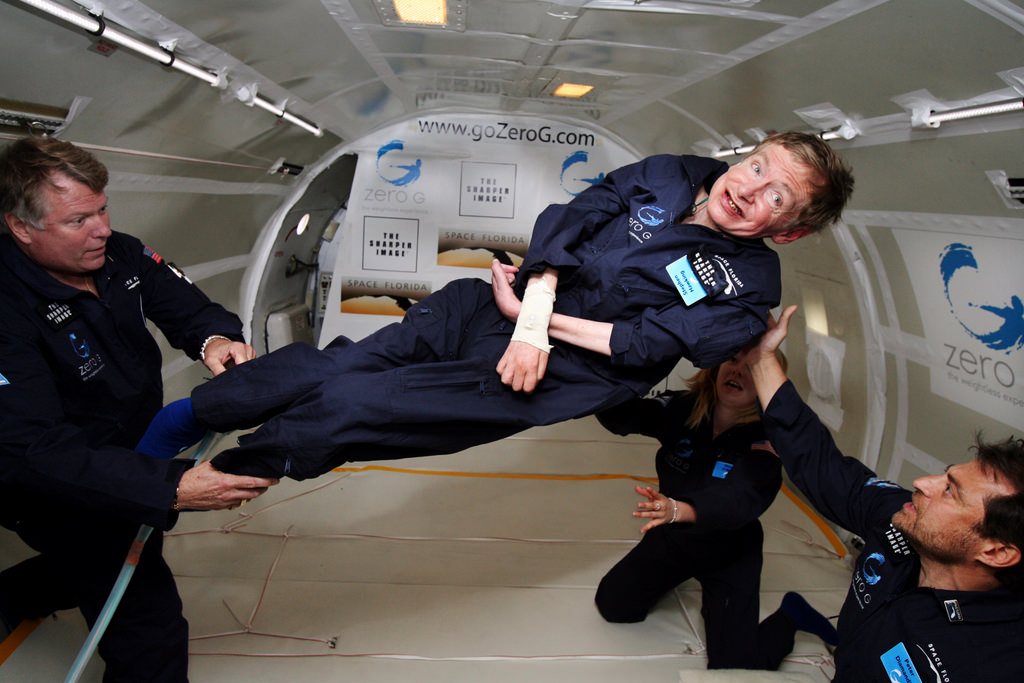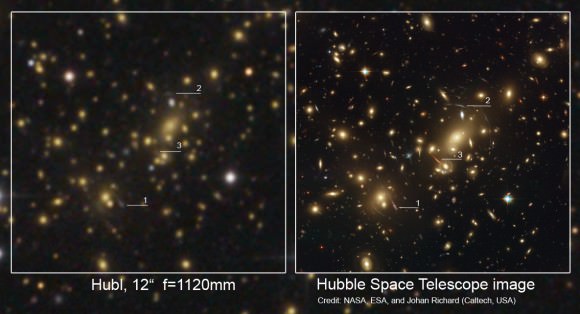China’s maiden moon landing probe successfully entered lunar orbit on Friday, Dec. 6, following Sunday’s (Dec. 1) spectacular blastoff – setting the stage for the historic touchdown attempt in mid December.
Engineer’s at the Beijing Aerospace Control Center (BACC) commanded the Chang’e 3 lunar probe to fire its braking thrusters for 361 seconds, according to China’s Xinhua news agency.
The do or die orbital insertion maneuver proceeded precisely as planned at the conclusion of a four and a half day voyage to Earth’s nearest neighbor.
China’s ‘Yutu’ lunar lander is riding piggyback atop the four legged landing probe during the history making journey from the Earth to the Moon.
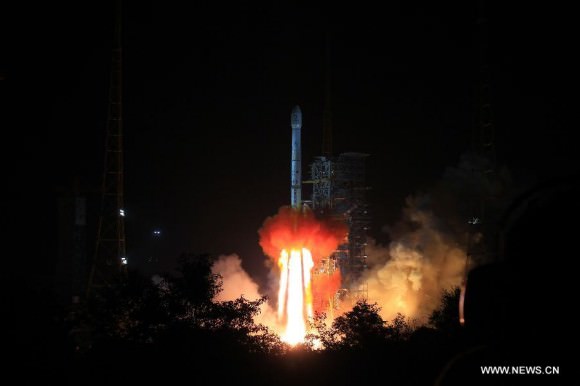
The critical engine burn placed Chang’e 3 into its desired 100 kilometer (60 mi.) high circular orbit above the Moon’s surface at 5:53 p.m. Friday, Beijing Time (4:53 a.m. EST).
An engine failure would have doomed the mission.
Chang’e 3 is due to make a powered descent to the Moon’s surface on Dec. 14, firing the landing thrusters at an altitude of 15 km (9 mi) for a soft landing in a preselected area called the Bay of Rainbows or Sinus Iridum region.
The Bay of Rainbows is a lava filled crater located in the upper left portion of the moon as seen from Earth. It is 249 km in diameter.
The variable thrust engine can continuously vary its thrust power between 1,500 to 7,500 newtons, according to Xinhua.
The lander is equipped with terrain recognition equipment and software to avoid rock and boulder fields that could spell catastrophe in the final seconds before touchdown if vehicle were to land directly on top of them.
The voyage began with the flawless launch of Chang’e 3 atop China’s Long March 3-B booster at 1:30 a.m. Beijing local time, Dec. 2, 2013 (12:30 p.m. EST, Dec. 1) from the Xichang Satellite Launch Center, in southwest China.
If successful, the Chang’e 3 mission will mark the first soft landing on the Moon since the Soviet Union’s unmanned Luna 24 sample return vehicle landed nearly four decades ago back in 1976.
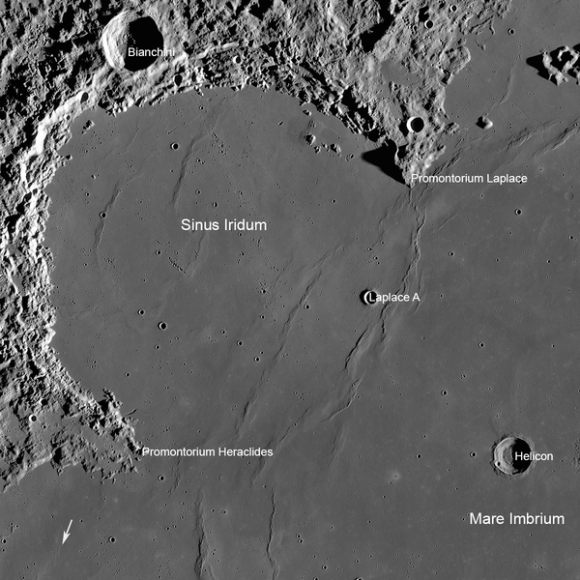
The name for the ‘Yutu’ rover – which means ‘Jade Rabbit’ – was chosen after a special naming contest involving a worldwide poll and voting to select the best name.
‘Yutu’ stems from a Chinese fairy tale, in which the goddess Chang’e flew off to the moon taking her little pet Jade rabbit with her.
The six-wheeled ‘Yutu’ rover will be lowered in stages to the moon’s surface in a complex operation and then drive off a pair of landing ramps to explore the moon’s terrain.
Yutu measures 150 centimeters high and weighs approximately 120 kilograms.
The rover and lander are equipped with multiple cameras, spectrometers, an optical telescope, radar and other sensors to investigate the lunar surface and composition.
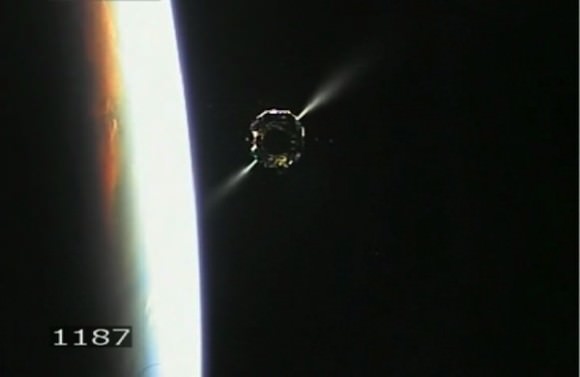
Chang’e 3 marks the beginning of the second phase of China’s lunar robotic exploration program.
The lander follows a pair of highly successful lunar orbiters named Chang’e 1 and 2 which launched in 2007 and 2010.
The next step will be an unmanned lunar sample return mission, perhaps by 2020.
China’s Chang’e 3 probe joins NASA’s newly arrived LADEE lunar probe which entered lunar orbit on Oct. 6 following a similarly spectacular night time blastoff from NASA’s Wallops Flight Facility in Virginia.
Stay tuned here for continuing Chang’e 3, LADEE, MAVEN and MOM news and Ken’s SpaceX and MAVEN launch reports from on site at Cape Canaveral & the Kennedy Space Center press site.
…………….
Learn more about Chang’e 3, SpaceX, MAVEN, MOM, Mars rovers, Orion and more at Ken’s upcoming presentations
Dec 10: “Antares ISS Launch from Virginia, Mars and SpaceX Mission Update”, Amateur Astronomers Association of Princeton, Princeton University, Princeton, NJ, 8 PM
Dec 11: “Curiosity, MAVEN and the Search for Life on Mars”, “LADEE & Antares ISS Launches from Virginia”, Rittenhouse Astronomical Society, Franklin Institute, Phila, PA, 8 PM

